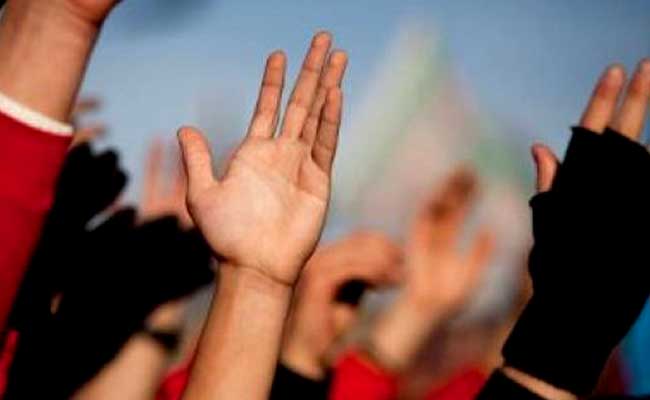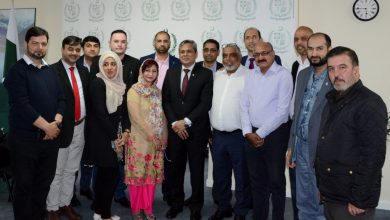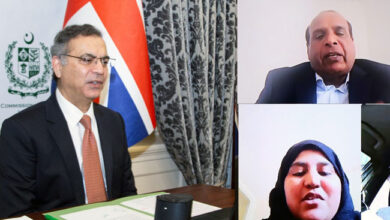Human Trafficking: is Our System for Combating it Fit for Purpose?

Ultimately, though, however good the legal framework is (and it is pretty good already) the real challenge is implementation. If we are to defeat the scourge of human trafficking and modern-day slavery, and ensure the UK is a safe haven for victims and an unsafe place for traffickers, we will need more attention to detail and more joined-up thinking from local authorities. Given how overstretched police and council budgets have become, and how overworked many police officers and social workers are, this is no small ask. But the stakes are too high for victims of trafficking: it must be a higher priority to get this right.
Admirably, the UK has been at the forefront of international efforts to crack down on human trafficking. More than £150m of development aid has been committed to tackle modern slavery, and the British government has been vocal in diplomatic efforts and foreign policy about doing more to address the problem. Domestically there has been new legislation to consolidate criminal offences for various forms of trafficking or exploitation, with the Modern Slavery Act 2015 (and similar legislation for the devolved administrations — the Human Trafficking and Exploitation Acts in Northern Ireland and Scotland).
However, the National Referral Mechanism (NRM) isn’t working quite as intended.
First, there is a problem of lack of resources and delays in the system. In 2017 there were 5,145 referrals, but by the end of the year only 665 had led to a positive conclusive grounds decision and 1,049 a negative decision, with 3,273 still waiting.
Second, the NRM system sometimes isn’t triggered even where it is pretty obvious to anyone paying attention that it should be.
Third, even where the NRM decision-making process itself is effective, the support provided to VOTs is inconsistent in quality and local authorities can make bad mistakes.
Fourth, there can be major failures to share information between public authorities, leading to VOTs being lost and re-trafficked, even after they have been identified by the system which is supposed to protect them.
Read more: UK Human Rights Blog, https://is.gd/F4GtAl





